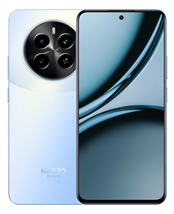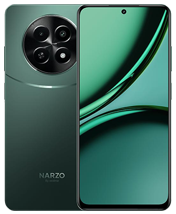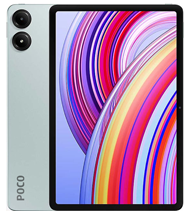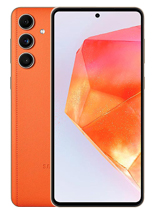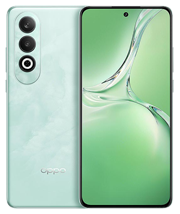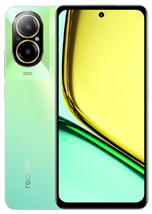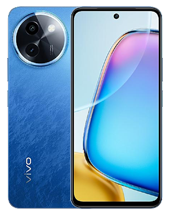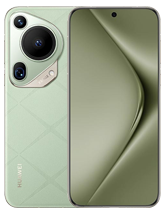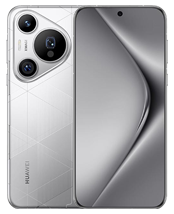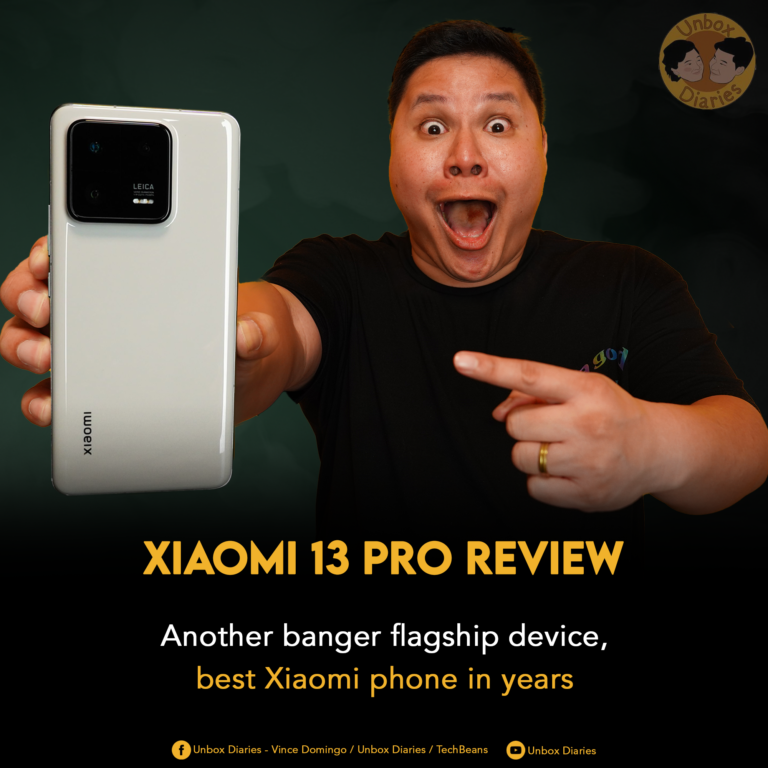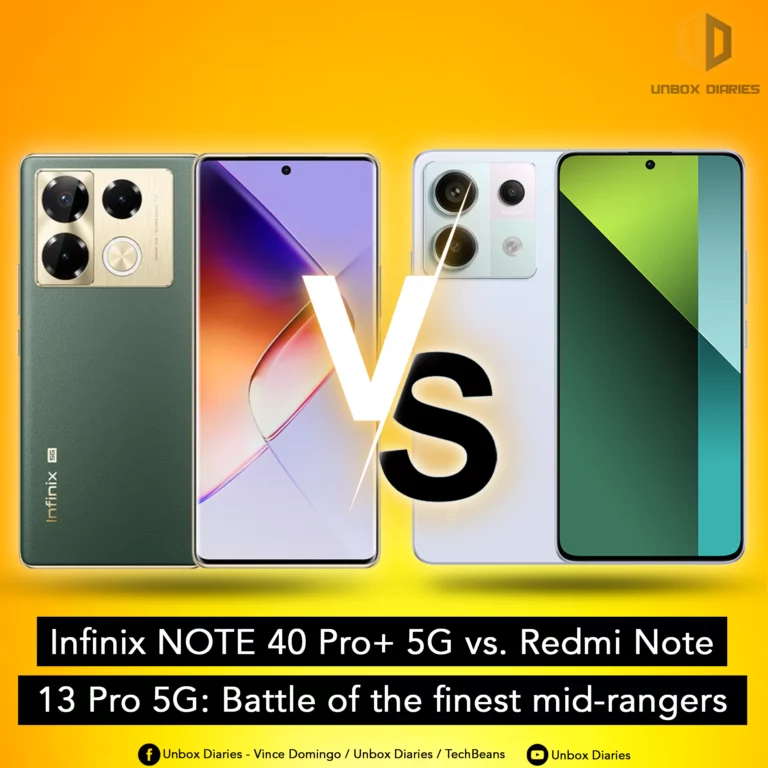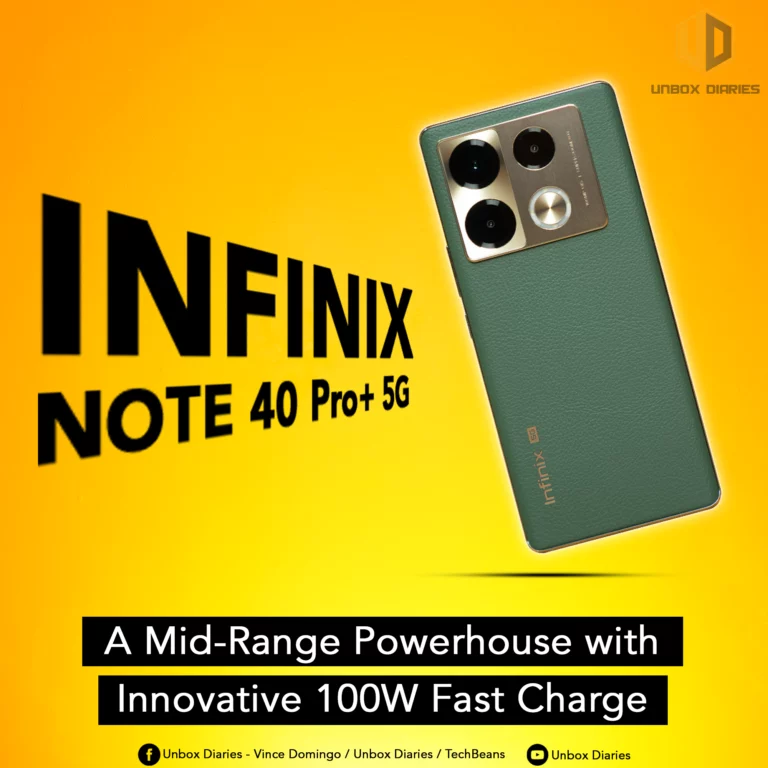It’s the new Xiaomi 13 Pro, our very first phone with SD 8 Gen 2 stops by the UD office to show its flagship features!
The phone is powered by the Qualcomm Snapdragon 8 Gen 2 chipset and features a 2K 120Hz OLED panel for a stunning display experience. Not only that, but it has a 50MP triple camera setup for taking detailed pictures in any situation.
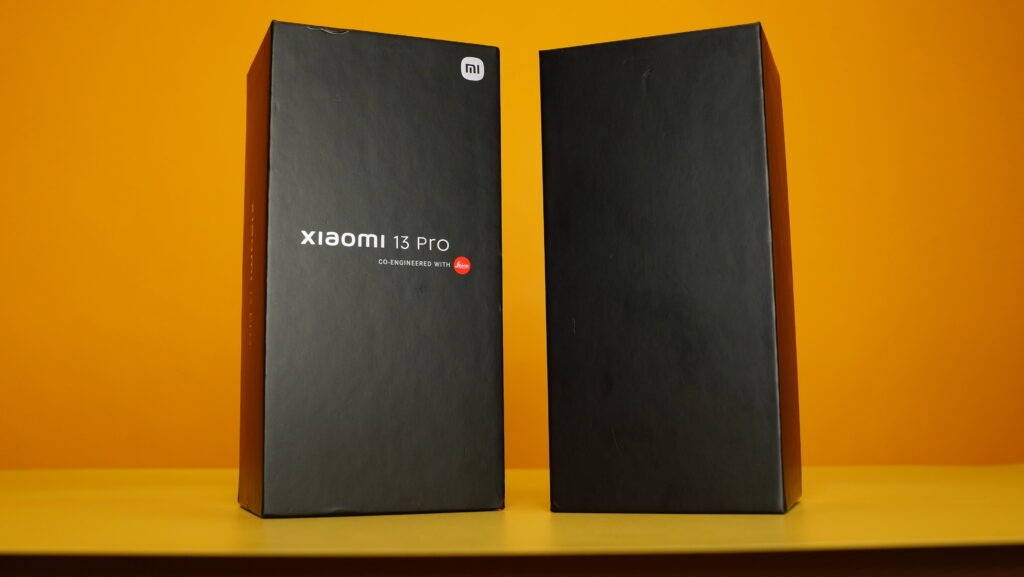
All of this is powered by a 4,820 mAh battery that supports 120W fast charging. What else could you possibly want? Xiaomi has simply crammed it with powerful specs. However, specifications are not everything. Is the phone up to the task in real life? In this Xiaomi 13 Pro review, we’ll find out.
Tao Black, Ceramic White, Wilderness Green, and Far Mountain Blue are the four color options for the phone. The phone is expected to be released in India shortly.
The Xiaomi 13 Pro comes with the following accessories:
- Phone
- Type-C connector
- 120W rapid charger
- SIM ejector software
- Case for protection
- Documentation
Before we get into the details of the Xiaomi 13 Pro, let’s take a look at the specs:
- 6.73-inch OLED display
- Qualcomm Snapdragon 8 Gen 2 chipset
- RAM and ROM: 8GB RAM and 128GB storage
- Android version 13
- 50MP + 50MP + 50MP rear camera
- 32 MP selfie camera
- Battery capacity: 4820 mAh
- Weight: 229 g
- Size: 162.9 x 74.6 x 8.3 mm
Full specs here: https://unboxdiaries.com/phones/xiaomi-13-pro/
Unboxing: https://unboxdiaries.com/xiaomi-13-pro-unboxing-and-first-impressions/
Build quality and design
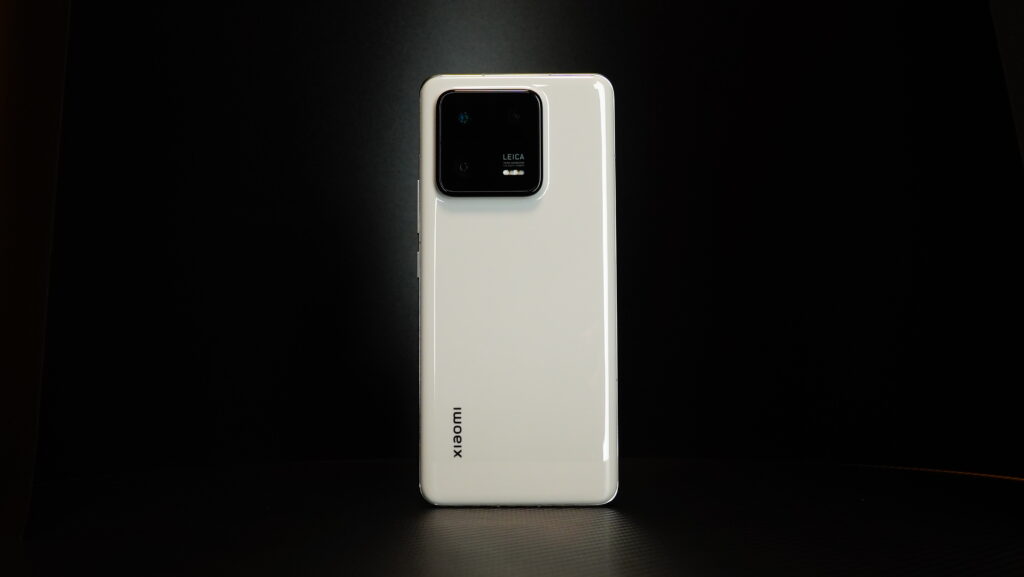
You can tell the Xiaomi 13 Pro has a straightforward yet futuristic appearance as soon as you look at it. For the review, we have the Ceramic White variant, which looks fantastic. There are three additional color choices available for the phone: Tao Black, Wilderness Green, and Far Mountain Blue. Xiaomi offers various back panel finishes along with various colors.
The white color variant has a glass finish, the blue color variant has a leather finish, and the green color variant has a ceramic finish. Although they are all excellent, the ceramic finish adds an additional layer of scratch resistance.
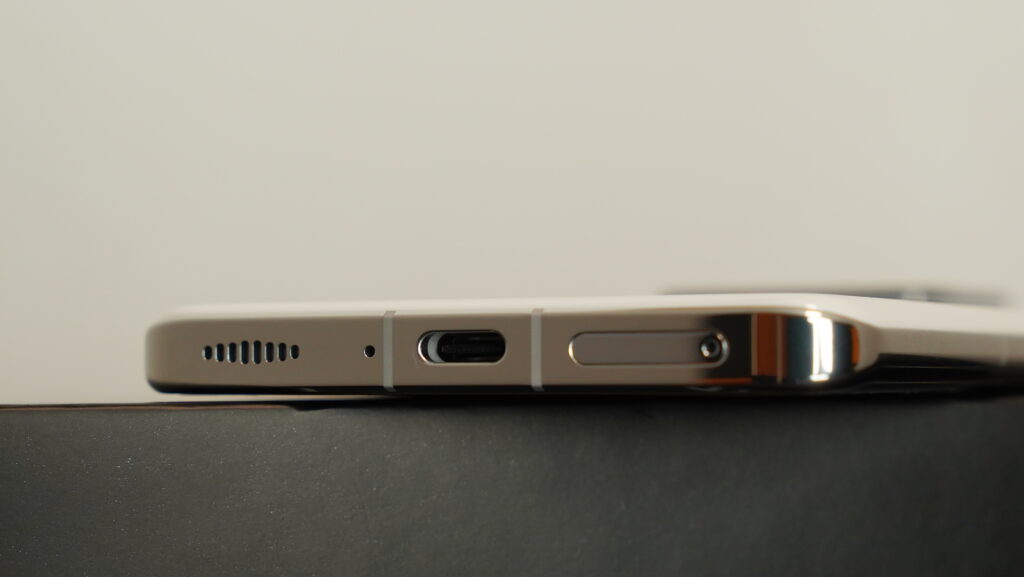
We adored the sturdy aluminum frame, which had a flat top and bottom surfaces and curved sides. It increases the phone’s strength and durability. The device’s front features a curved display with a selfie camera punch hole cutout and Corning Gorilla Glass Victus protection.
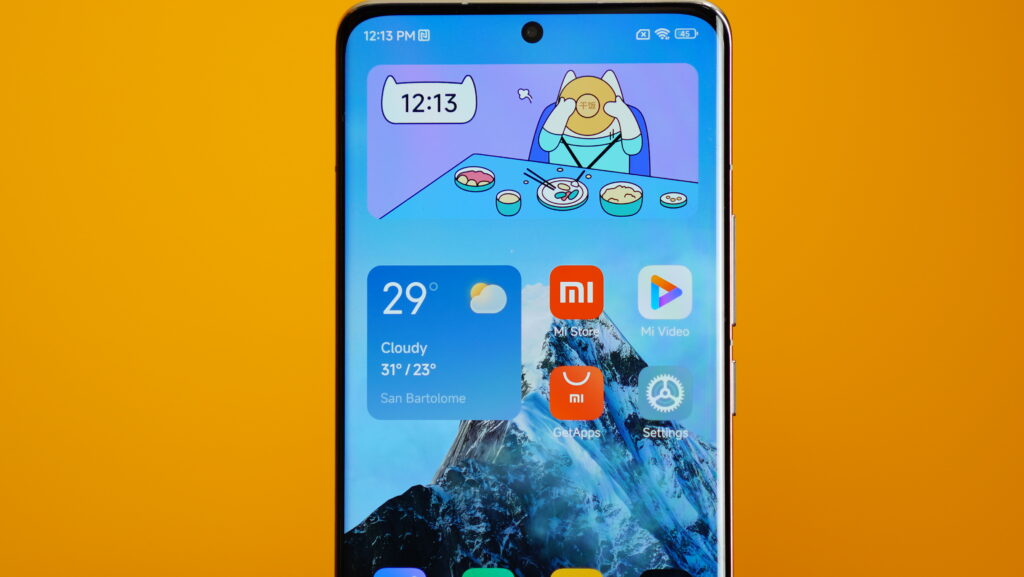
You won’t notice any sharp corners anywhere, despite the fact that the phone appears boxy from the back and has symmetrical design elements. Instead, every corner is rounded, whether it be on the camera unit or the frame corners, giving it a more elegant appearance. When placed on a flat surface, the phone sways due to the protruding, square camera unit on the back.
It’s a sizable phone with sturdy construction and a luxurious feel in the hand. You get the impression that you are holding an expensive phone because of the curved edges. However, we would describe it as a large phone because it weighs about 229 grams and is noticeable in our pockets.
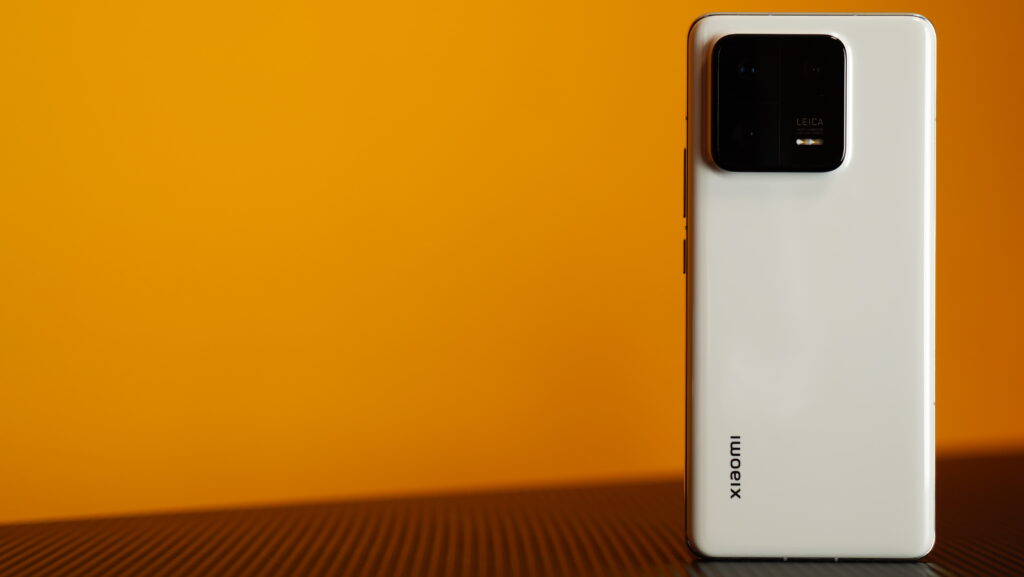
The power button and volume rockers are located on the right side of the device, speaking of buttons and ports. The secondary mic and IR blaster are on the top, while the left side is clean. The Type-C port, SIM tray slot, main speaker, and main microphone are all located on the bottom side. The Xiaomi 13 Pro has an IP68 rating, which helps to protect it from water and dust damage.
Cameras
From a price perspective, the Xiaomi 13 Pro is to be expected to have a flagship-level camera. On the back, there is a triple camera setup with a 50MP main camera, a 50MP ultra-wide lens, and another 50MP telephoto lens.
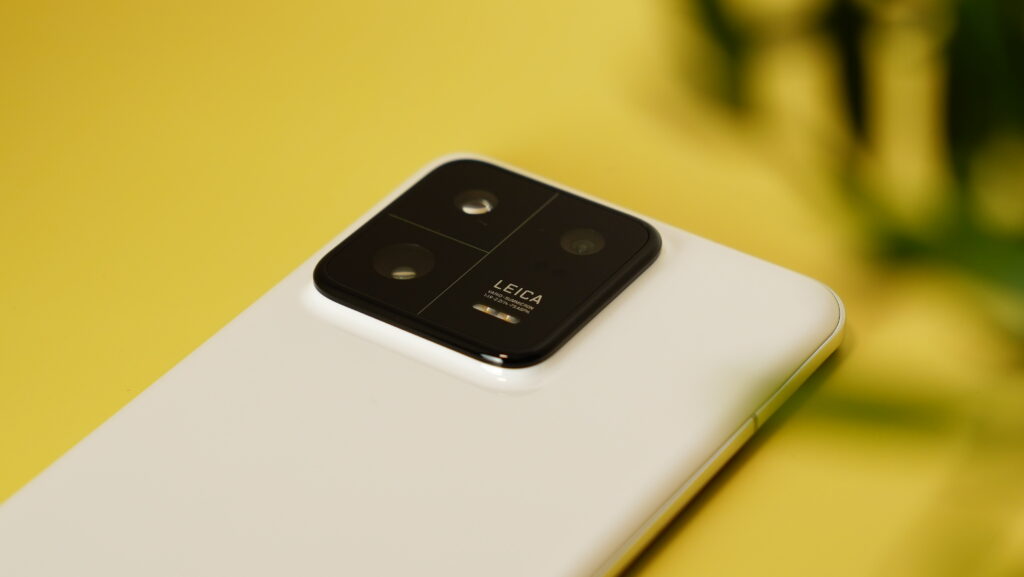
You will have a 32MP front-facing camera for sharp selfies. All of the 50MP lenses are on the back, which is too many of them. So, are they equally effective or is it just another number game? Well, the main 50MP lens produces excellent images in daylight.
Speaking of low-light shots, the main lens once more did a good job of producing attractive pictures. It has super optical image stabilization, which makes it easier to capture steady, accurate images at night.
The images had minimal noise and had a respectable dynamic range with accurate color. You’ll be in awe of the 50MP telephoto lens’s portrait photographs. Everything was spot on, including the budget focus, edge detection, background color, details, and clarity. The images were razor-sharp and the colors were true to life.
The good news is that even telephoto lenses have OIS support, so you can get very close to your subject and still take excellent pictures without having to keep your hands rock-steady. You can take amazing close-up pictures by getting as close to the subject as 4 inches (10 cm).
With a field of view of 115 degrees, the ultra-wide lens produces some attractive images. Sharpness and detail could be seen in the ultra-wide shots. Similar to the main camera, the dynamic range and colors were well preserved. However, as the ambient light decreases, the quality suffers.
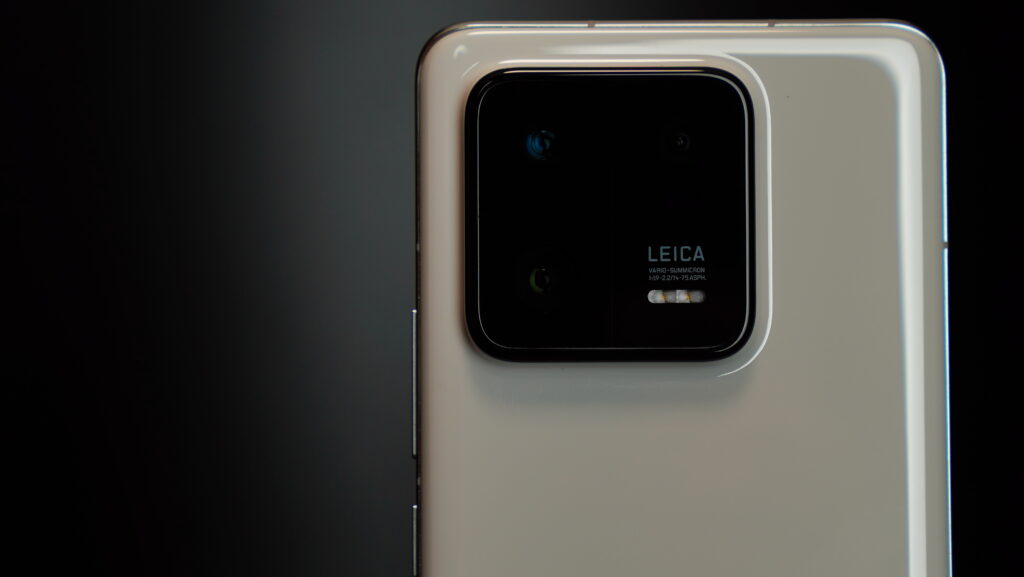
Last but not least, the 32MP front camera takes excellent daylight selfies that are clear and dynamic. Additionally, the dynamic range was quite good. Overall, the selfies were attractive and nice. Regarding the video portion, the Xiaomi 13 Pro can capture 8K videos at 24 frames per second using the primary lens.
You can also capture 4K video at 24/30/60 frames per second. With the 8K video recording, you get videos that are incredibly clear and detailed. The OIS also aids in stabilizing the videos for improved output.
Battery
The Xiaomi 13 Pro has a battery that is slightly larger (4,820 mAh) than the Xiaomi 13’s (4,500 mAh). You might think it falls short of the minimum 5,000 mAh standard for a flagship device, but in actual use, there isn’t much of a difference.
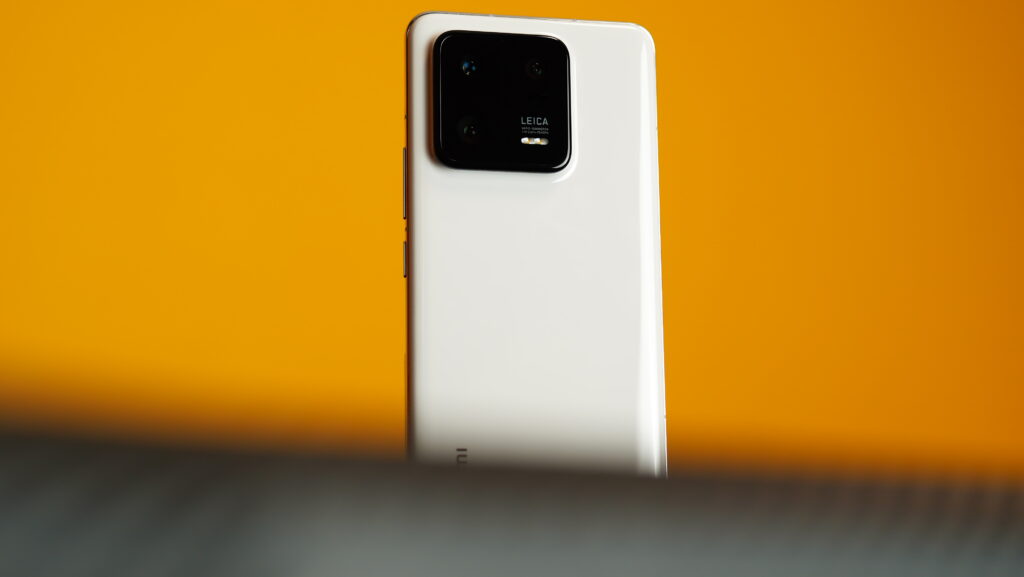
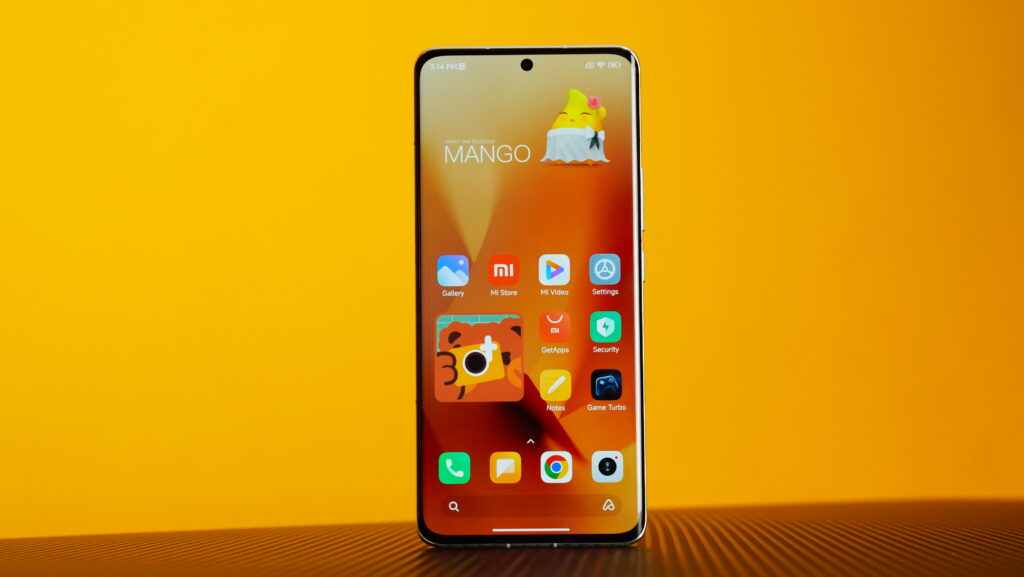
You won’t have to wait long to start another game if you manage to completely drain the battery by playing games all day. Xiaomi claims that the Xiaomi 13 Pro’s 120W fast charging capability takes 19 minutes to fully charge the device from zero to one hundred percent.
Display
The 6.73-inch OLED display on the large 6.73-inch Xiaomi 13 Pro is equipped with a 120Hz refresh rate and a 240Hz touch sampling rate. Well, a lot of midrange phones provide that, so what makes it special?
It stands out because it is a 2K display with a maximum brightness of 1900 nits and a resolution of 1440 x 3200 pixels. It is very nearly as bright as the iPhone 14 series’ 2000 nits. It has a very bright screen, so using it in the sun is not at all problematic.
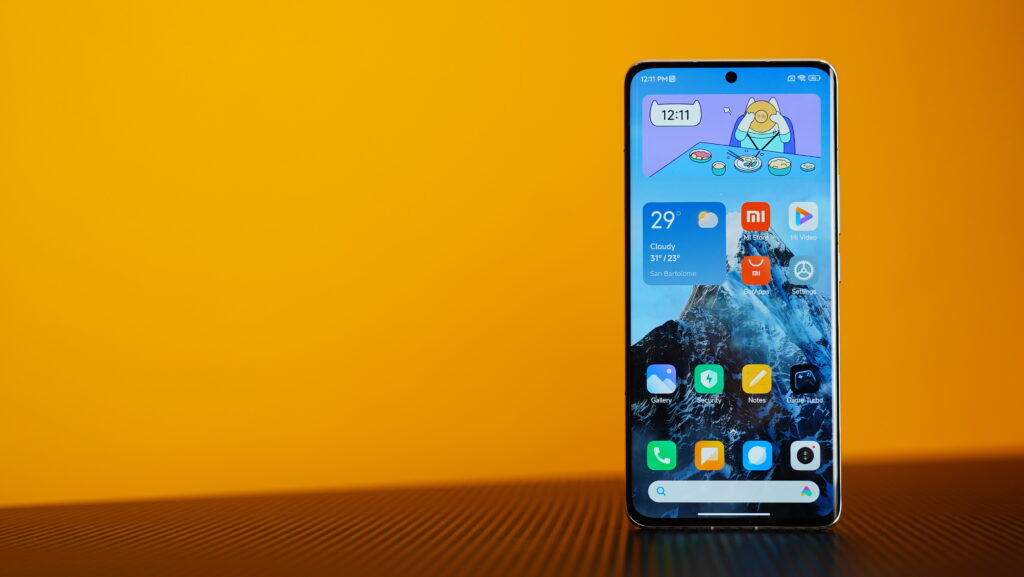
When it comes to displaying quality, it’s excellent. The information displayed was incredibly detailed and clear. Deep blacks and vibrant, punchy colors were used throughout. We enjoyed the display a lot as we watched a few YouTube videos. Curved edges, which make the overall experience especially immersive while playing games, increase the joy.
Not to mention that the screen-to-body ratio is decent and that you get thin bezels on all sides. Just make the punch hole cutout smaller, please. The expectations, however, never cease. Though it won’t hinder your regular use and doesn’t distract much from it.
Performance
When it comes to performance, the Xiaomi 13 Pro makes no concessions. It has the most advanced Qualcomm Snapdragon 8 Gen 2 chipset, which provides best-in-class performance. The SoC is combined with 512GB of internal UFS 4.0 storage and up to 12GB of LPDDR5X RAM.
All of this makes sure that your performance is seamless. During the week that we used the phone, there were no problems at all. The apps launched quickly, and navigating between them was easy. It was easy to multitask. Everything we threw at the phone, it could handle.
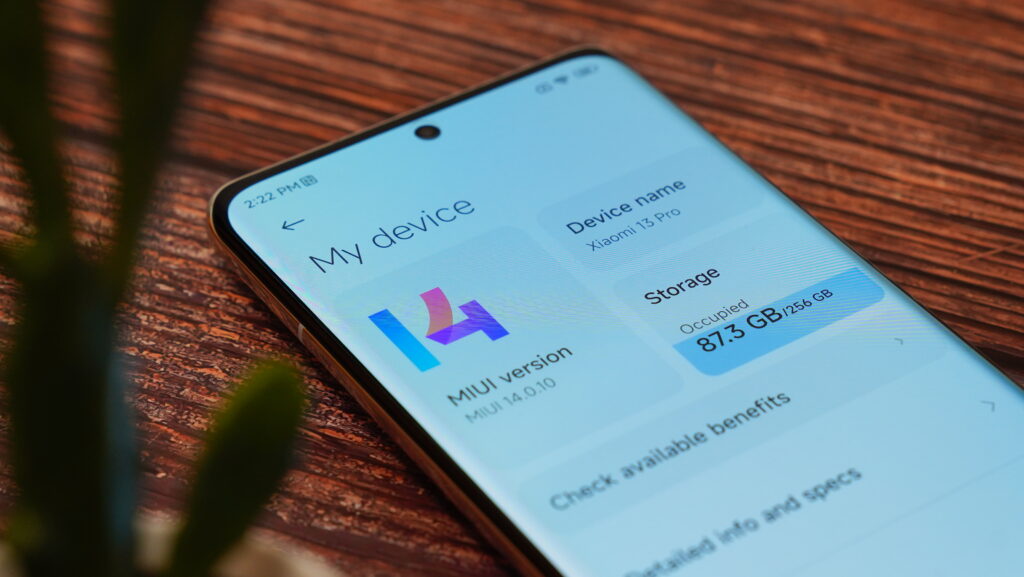
Running all social media apps simultaneously, recording 8K videos, and playing graphically demanding games all without a hitch.
We tried a few challenging games now that we’ve brought up gaming. Genshin Impact (Overclocked), Mobile Legends (high frame rates, ultra graphics, but once you press the high option only, the ultra option will be greyed out and you need to reset the game to access it again), and Call of Duty Mobile (Very high graphics, max frame rates, ultra frame rates restricted to multiplayer with medium graphics).
Even though every game was running at its highest graphics setting, there were no significant frame drops. There were no lags or shutters during play.
You’re going to love playing games on this phone, we can assure you of that. In lengthy gaming sessions, does it maintain its performance, or does it begin to throttle? As far as our testing goes, the CPU temperature was well below the threshold and there was no unnatural temperature increase. You can thank the phone’s substantial VC liquid cooling system for this.
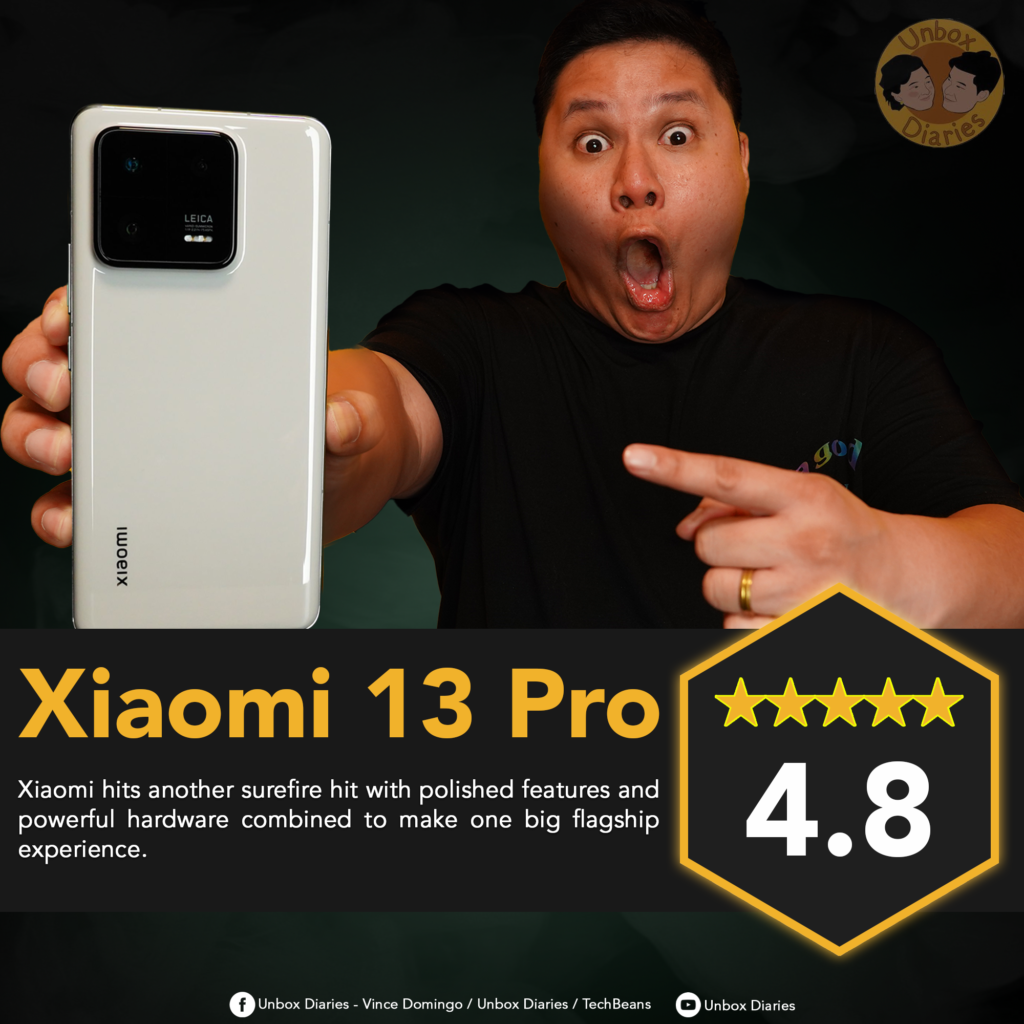
CONCLUSION:
Xiaomi hits another surefire hit with polished features and powerful hardware combined to make one big flagship experience.

